Redefining Aging: A Paradigm Shift in Health and Wellness
In this article, we explore a paradigm shift in our understanding of aging and its impact on overall health and age-related chronic diseases. Traditionally, aging has been considered a normal process rather than a disease. However, given that aging is the primary factor contributing to age-related diseases, it may be time to redefine it as a disease itself. We also examine the relationship between life expectancy and chronological age, highlighting the consequences of the aging process on our health as we live longer.
Aging as the Root of Age-Related Diseases
Age-related diseases primarily affect various systems in our bodies, including blood vessels, nervous system, metabolic system, immune system, and musculoskeletal system. These diseases are largely a result of the aging process itself. By recognizing aging as a disease, we can shift our focus towards finding effective interventions to address its underlying mechanisms.
Life Expectancy and Chronological Age
Life expectancy has significantly increased over the years due to advancements in public health practices, medical procedures, and medications. However, this increase in life expectancy has a downside. We now live long enough to experience the consequences of aging on our health. Cellular processes associated with aging begin manifesting in our 30s. The Geroscience hypothesis suggests that by delaying the onset and reducing the severity of age-related chronic diseases, we can improve health outcomes.
Aging as a Risk Factor for Chronic Diseases
Aging is now widely accepted as the most significant risk factor for major chronic diseases, including type 2 diabetes, cardiovascular diseases, neurologic diseases, degenerative arthritis, loss of muscle mass, frailty, and cancer. These health problems contribute to increased morbidity, mortality, and healthcare costs. Advancing chronologic age is a stronger predictor of these chronic diseases than any other risk
Challenges with Disease-Specific Treatments
While the pharmaceutical industry has made progress in developing drugs to address chronic diseases, the cost of managing these conditions has increased disproportionately compared to improvements in disability reduction or quality of life. Disease-specific treatments often focus on managing individual conditions without improving overall health or vitality. Patients may face coverage denials from pharmacy benefit managers and insurance companies for recommended medications.
Benefits of Treating Aging Holistically
Taking a holistic approach to target the fundamental mechanisms of aging, rather than treating each age-associated condition separately, has the potential to make a significant impact on healthcare expenditure. Strategies aimed at improving these fundamental aging processes can save trillions of dollars in healthcare costs over the coming decades. Even a 2% delay in the progression of fundamental aging can result in healthier aging, delayed onset of cardiovascular diseases and cancer, and improved outcomes.
The Nine Pillars of Aging:
Scientists have identified nine fundamental processes associated with aging at a cellular level, known as the "9 Pillars of Aging." These processes are interconnected, meaning that therapies targeting one pillar can have positive effects on others. We developed The Longevity Program in 2022 to address the complexities of aging and support individuals who seek to optimize their healthspan. Our comprehensive year-long program offers individualized testing, personalized recommendations from leading-edge longevity experts, and ongoing support from our team of nutritionists and community of like-minded individuals.
Conclusion
The paradigm shift in our understanding of aging as a disease opens new doors for interventions that can improve healthspan and combat age-related chronic diseases. By targeting the underlying mechanisms of aging and adopting holistic approaches to wellness, we can enhance the quality of life and overall well-being as we age.
-Warren M. Ross

